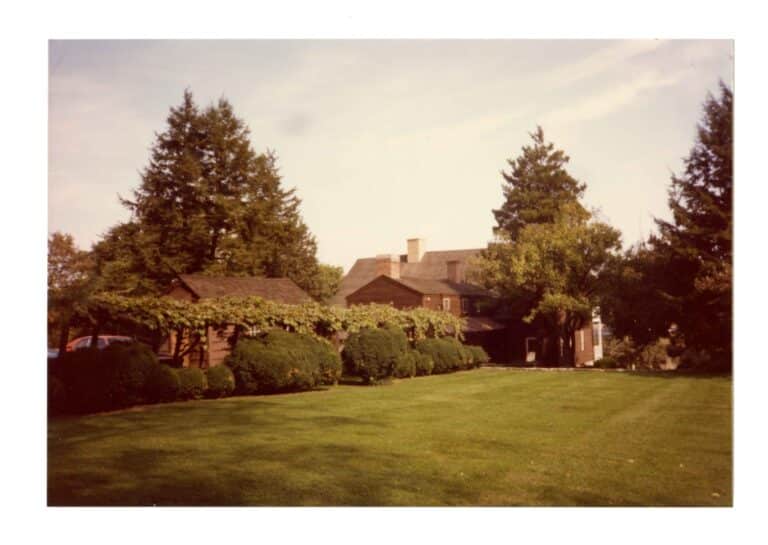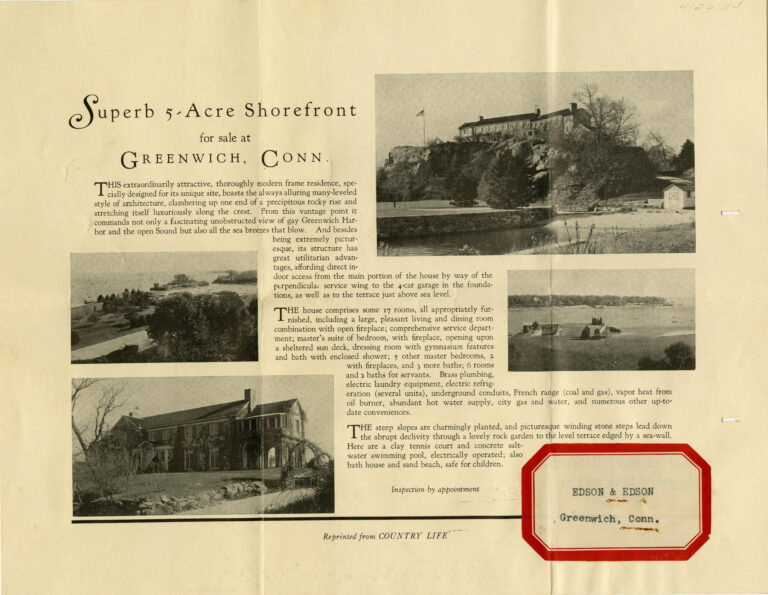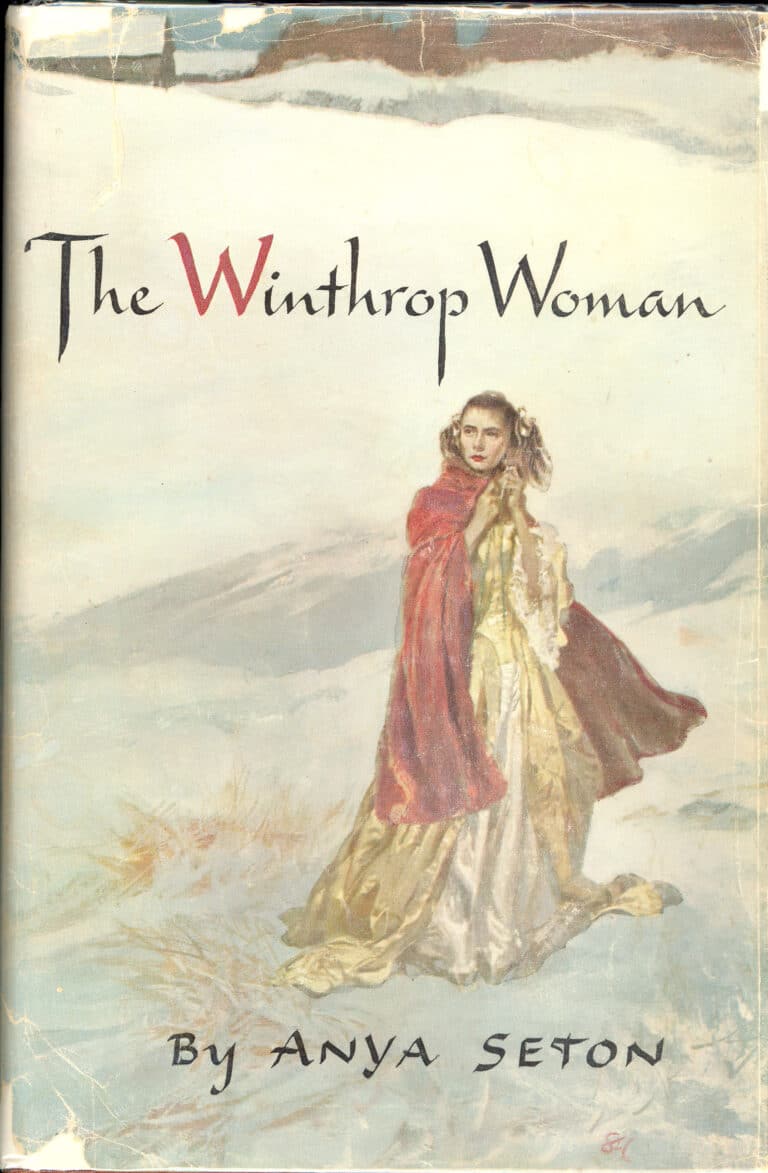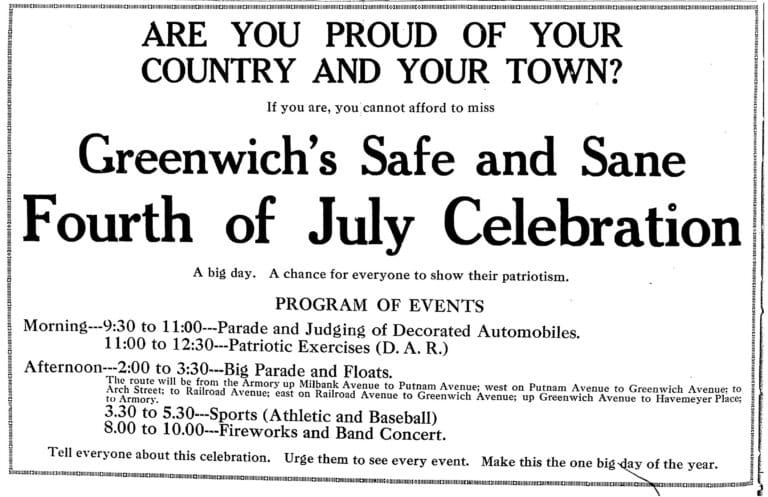“Elmer picked grapes and before Mrs. June left she did 30 glasses of grape jell. Elmer’s heart is full – likewise his belly…”
Emma Constant Holley MacRae to her mother, Josephine Holley, October 1, 1902
This letter from Emma Constant Holley MacRae to her mother reveals more than just the fondness her husband, the artist Elmer Livingston MacRae, had for delicious grape jelly. The jelly that Elmer so enjoyed was made with grapes from the arbor in their backyard at the Bush-Holley House, an arbor that the Historical Society continues to maintain today. Even though Greenwich was a center of commerce, with a bustling railroad system carrying goods and people in from afar, this letter and the other letters excerpted in this post show how close-to-home food production was for the Holley family. Gardening, harvesting, and preserving were all part of their way of life, just as it was for many in Greenwich around the turn of the 20th century.
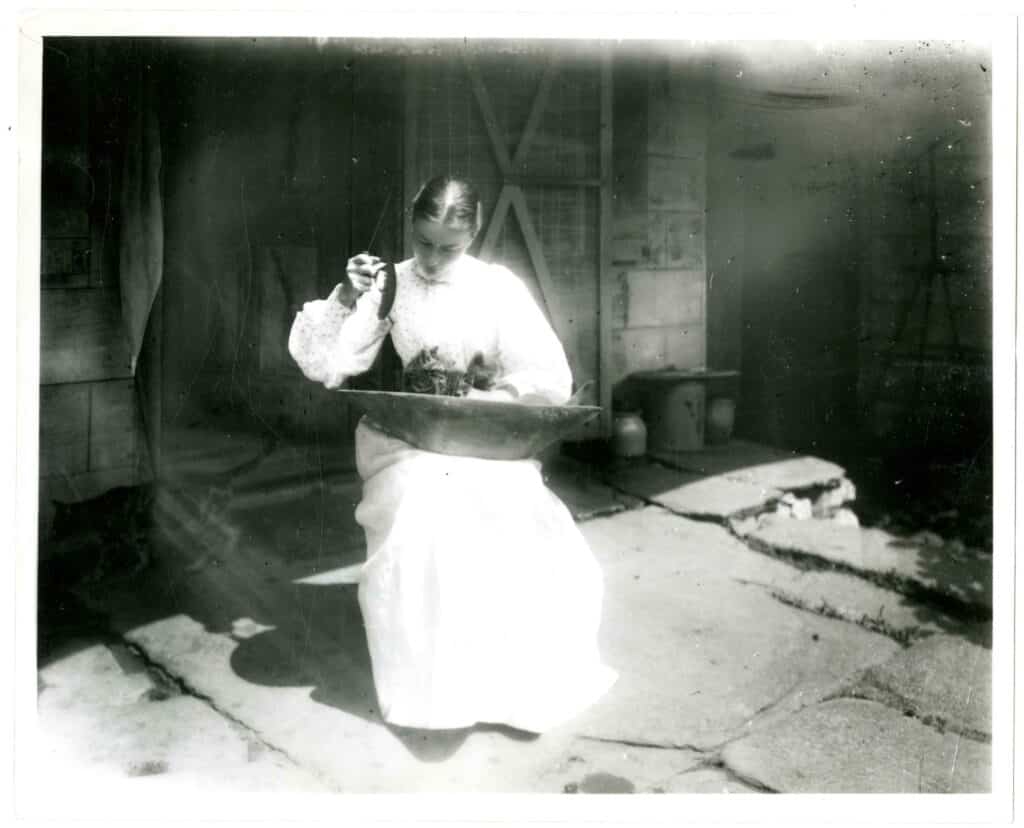
It was common for home gardeners to keep garden diaries – records of what had been planted, and where and when those plantings had been done – to ensure plots wouldn’t be forgotten or double planted, and to calculate yield. Both Elmer MacRae and his father-in-law, Edward P Holley kept garden diaries, and from them we know that the Holleys and the MacRaes planted a wide variety of vegetables, in addition to the various fruit trees they nurtured in their small orchard. These miniature leather-bound notebooks, which are now part of the Holley/MacRae papers in the collection of the Greenwich Historical Society Archives, show that the Holleys and MacRaes were planting onions, potatoes, parsley, celery, cauliflower, okra, beans, beets, lettuce, peas, cantaloupes, cucumbers, carrots, tomatoes, Brussels sprouts, Swiss chard, eggplant, squash, and corn – and that is not an exhaustive list. Dinner would never have been boring for the Holley family – or, by extension, the guests and artists who stayed at the boarding house.
To learn more about the history of agriculture in Greenwich, check out this History from Home post.
“Catching fish galore – 72 beauts yesterday and about the same today.”
Emma Constant Holley MacRae to her mother, Josephine Holley, October 1, 1902
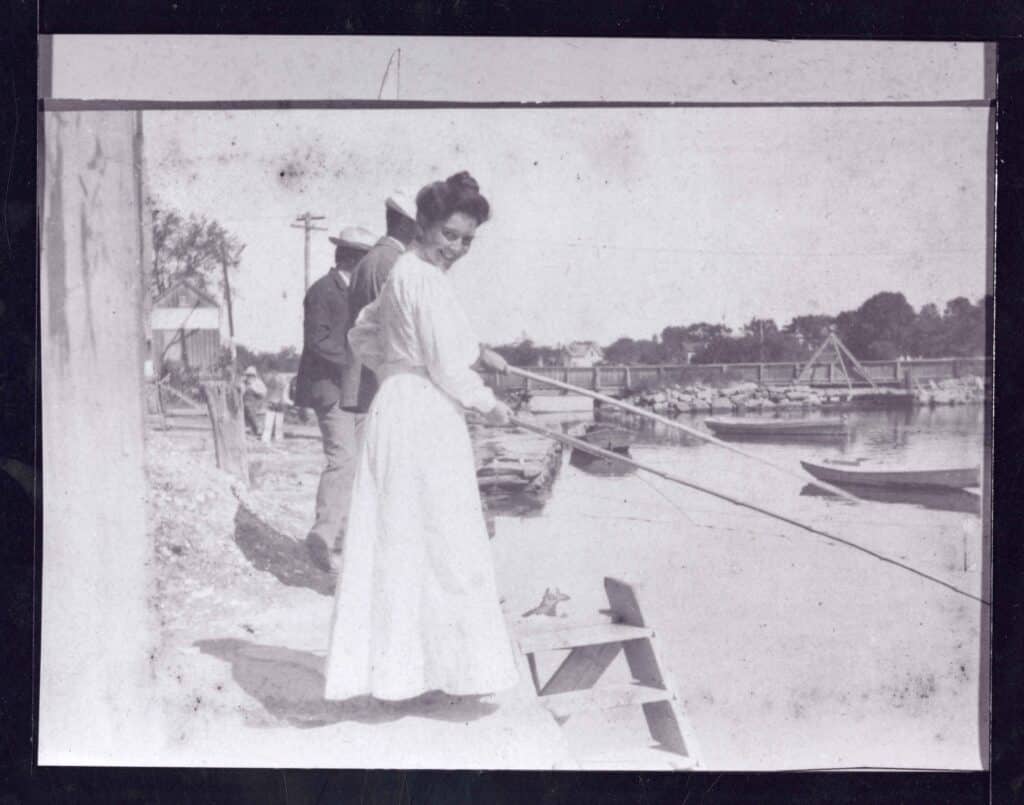
In addition to the seasonal fruits and vegetables that the family and guests ate year-round, the Holleys also sourced the majority of their meat locally. Fish were caught right in Cos Cob Harbor, where people today still fish off the bridge on River Road. The Holley family also made use of the local butcher; the butcher’s bill is mentioned frequently in the letters Emma Constant sent to her mother when she first took over running the boarding house. Besides the meat procured from the butcher, the backyard was also home to a flock of chickens. In a letter dated March 11, 1903, Elmer MacRae referred to purchasing 50 chicks, besides the hundred eggs that had already been set aside to hatch in an incubator. The chickens would have provided eggs as well as meat, and they served as an idyllic feature in the landscape drawings and paintings created by the artists who stayed at the boarding house. One such pastel showing the chickens in the yard done by Childe Hassam now hangs in the dining room of the Bush-Holley House.
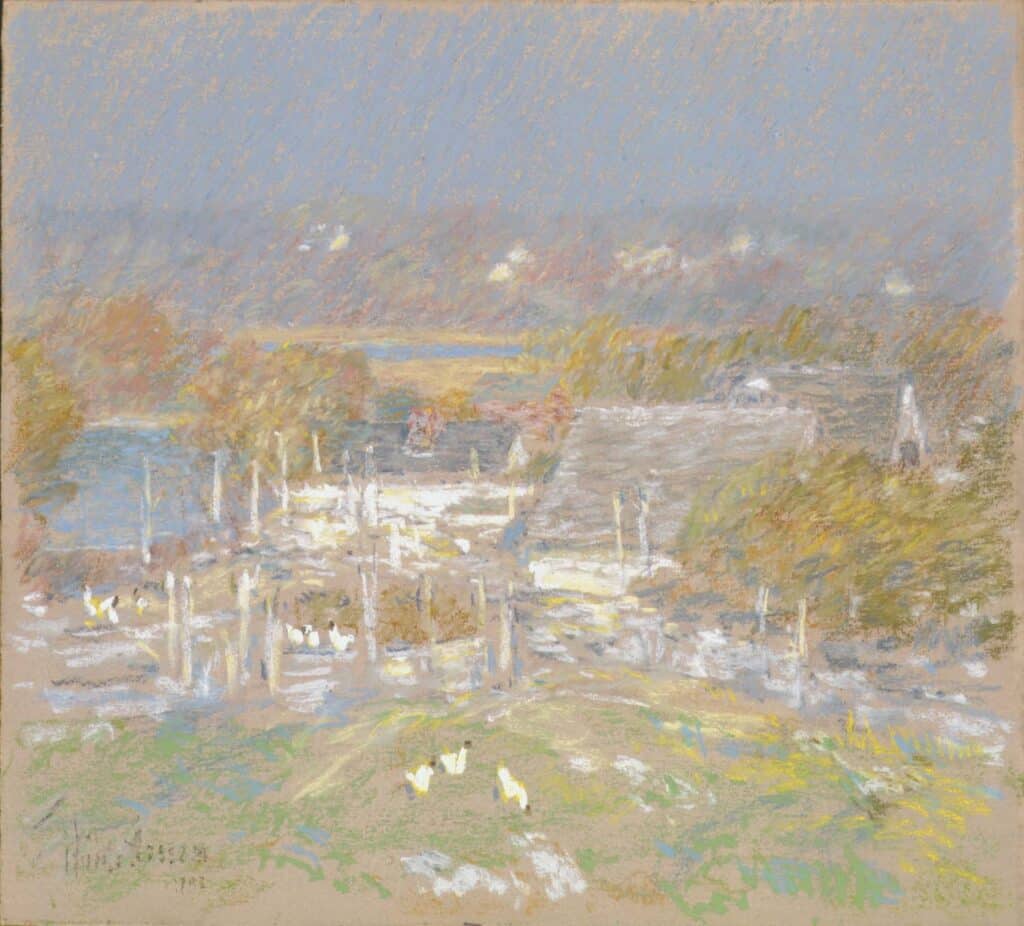
“We had corn tonight from the garden and last night we had green peppers. My asters are just beginning to blossom. The marigolds are very beautiful and the strangest thing – Polly’s yellow dahlias she gave me are pink.”
Emma Constant Holley MacRae to her mother, Josephine Holley, August 15, 1907
Among the vegetable patches and chicken coop, the Holley garden also featured an assortment of flowers, like those mentioned above. These flowers made their way into the arrangements of Emma Constant, who was a talented floral designer in addition to running the boarding house. She won local and national competitions with her arrangements, and traveled the country to give design classes at garden clubs. Emma Constant was also often contracted to do the flower arrangements for the luncheons and parties given by wealthy society women in Greenwich, work that helped to keep the boarding house afloat. Many of Emma Constant’s letters mentioned flowers that she had seen on outings, or that were growing in her own or her friends’ gardens. The excerpt about the dahlias above in particular tells us that Emma Constant was sharing seeds and cuttings within her community in order to propagate the diversity of plants that bloomed at the Bush-Holley House – although, as she notes in the letter, one wasn’t always certain of what they were getting.
For more information about the history of community gardening in Greenwich, visit this History From Home post.
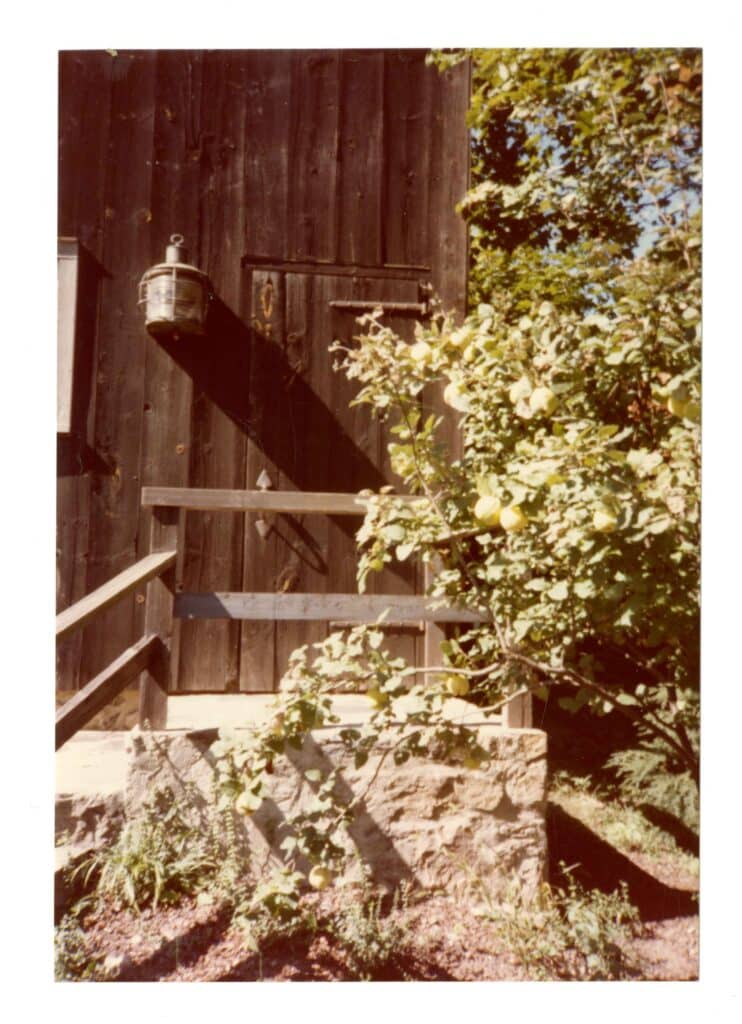
“Am delighted to hear about the apples. We only have enough for apple sauce occasionally. Mrs. June had promised to bring me down a bushel of Baldwins for jelly and I was looking forward to that small quantity with much gratitude. I am completely overwhelmed by 4 lbs!
I have already made 55 glasses of grape jelly-all by my lonesome—and done up 28 qt jars of tomatoes.”
Emma Constant Holley MacRae to her mother, Josephine Holley, October 8, 1907
A large part of making the garden harvest last for the whole year and supporting the boarding house kitchen was preserving that harvest as it ripened. Apples, peaches, grapes, and tomatoes were all packed into jars, either as sauce or jelly, and canned. This could be difficult work, with great quantities of produce needing to be cleaned and prepped for canning, as well as the dangers of boiling sugar and the potential for disease if any part of the process was done incorrectly. The quote above also indicates how a surplus harvest was not always a given: drought, pests, heatwaves, soil quality, and the availability of labor could all affect yield. Clearly, the apple tree in the backyard was not a big producer, so something like applesauce – which loses a high percentage of its bulk as it boils down – was a rare treat.
“Dear Mamma Holley –
As you say this time of year you must be anxious to get out into the garden with your head down low hunting for little green things that mean so much. There is no time of the year so full of expectations as this.”
Elmer Livingston MacRae to Josephine Holley, March 11, 1903
The buds on the grape arbor, the returning herbs, the garlic unfurling its leaves once again: these are the little green things that mean so much for us here at the Historical Society. We wait for them every year, just as the Holleys did when this was still their backyard, and we remember that history is preserved in so many ways and with so many choices. The archival materials represented throughout this post have given us insight into the gardening practices of the Holley family. The joy that we experience as spring expands around us (as Elmer said, a time so full of expectations) remind us of why those materials and practices really matter. Perhaps this year you will visit our gardens at the Historical Society, or plant your own, and remember that the community and soil beneath our feet connects us through the generations, and that they are both worth preserving.
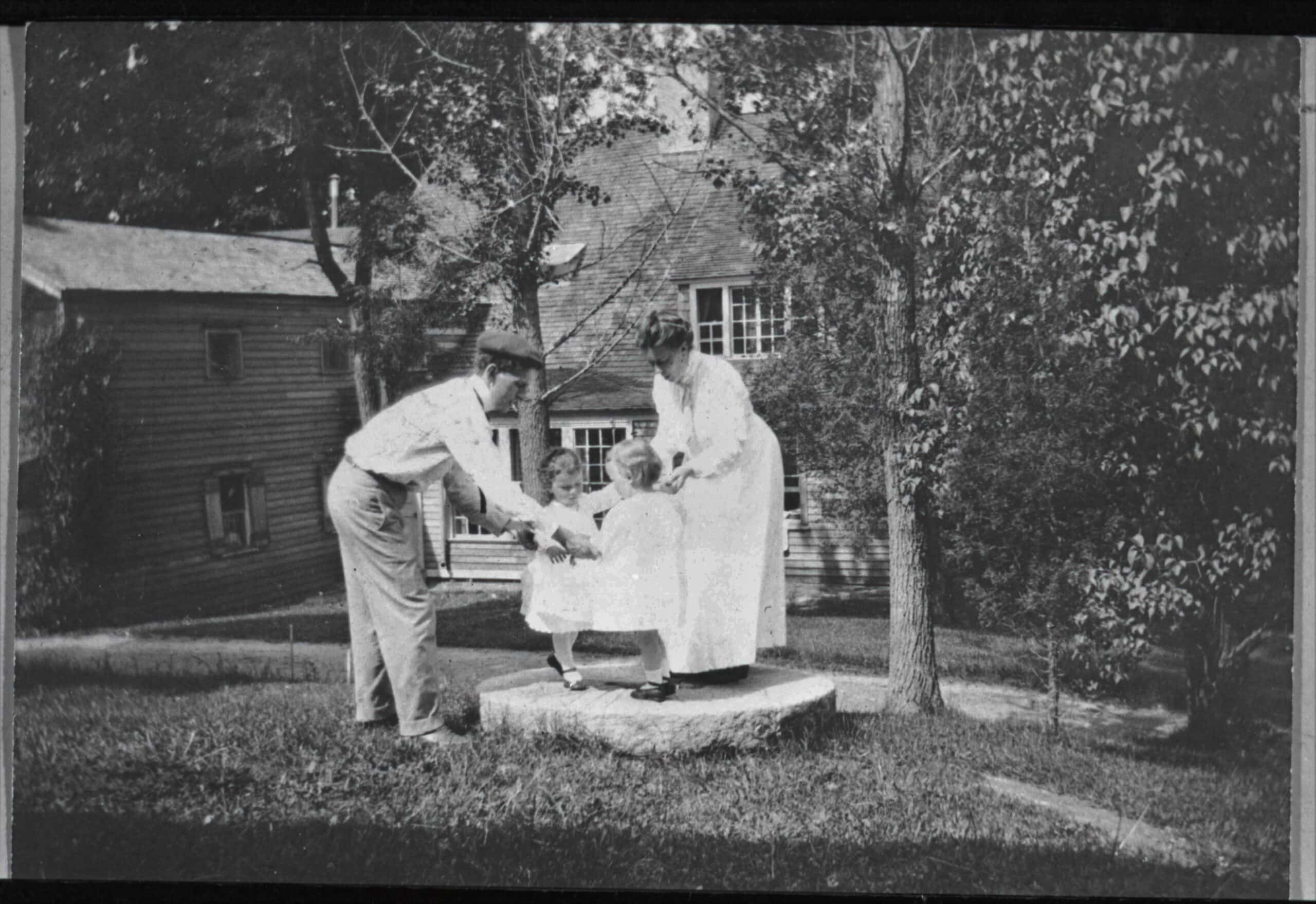
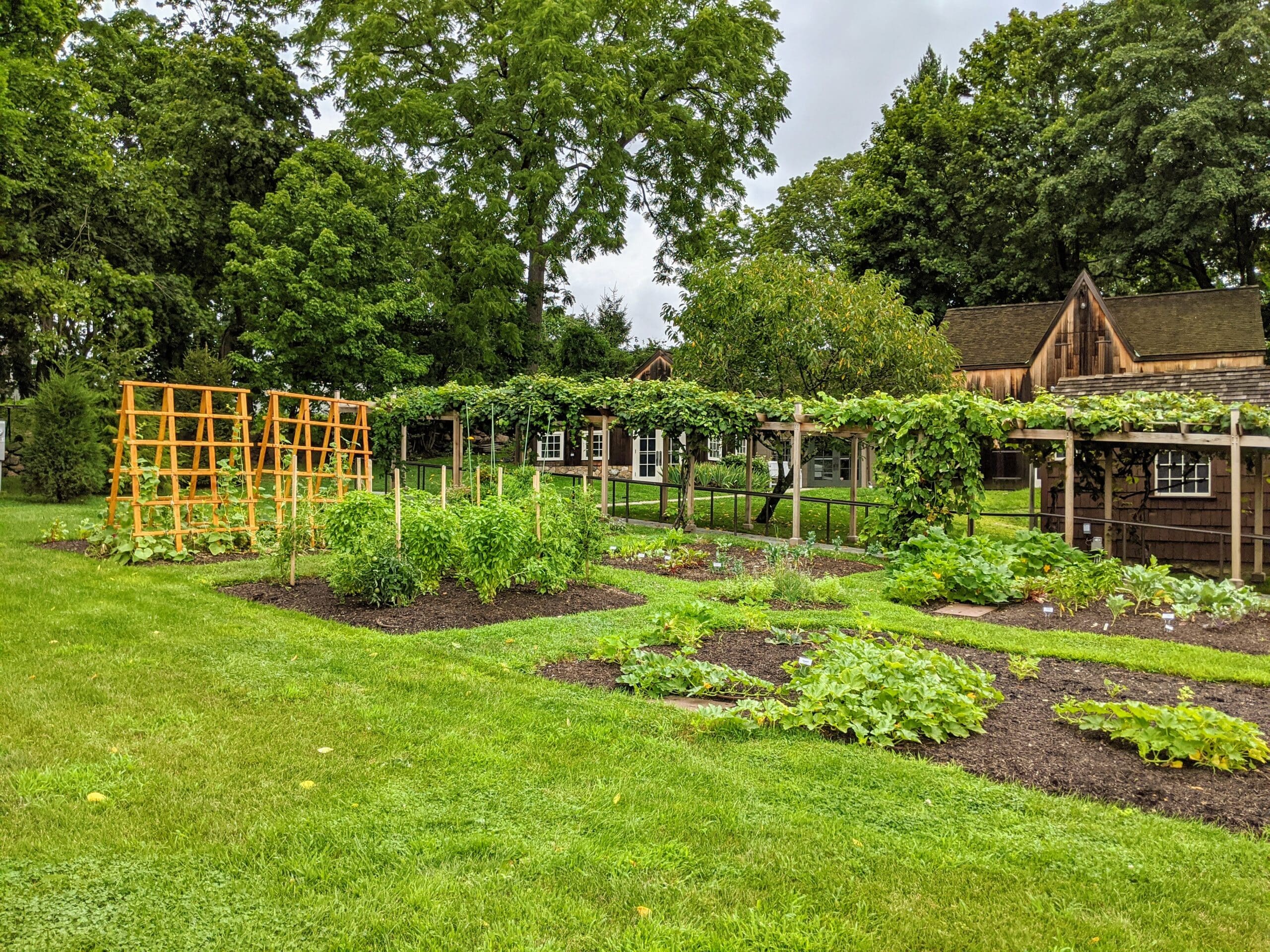
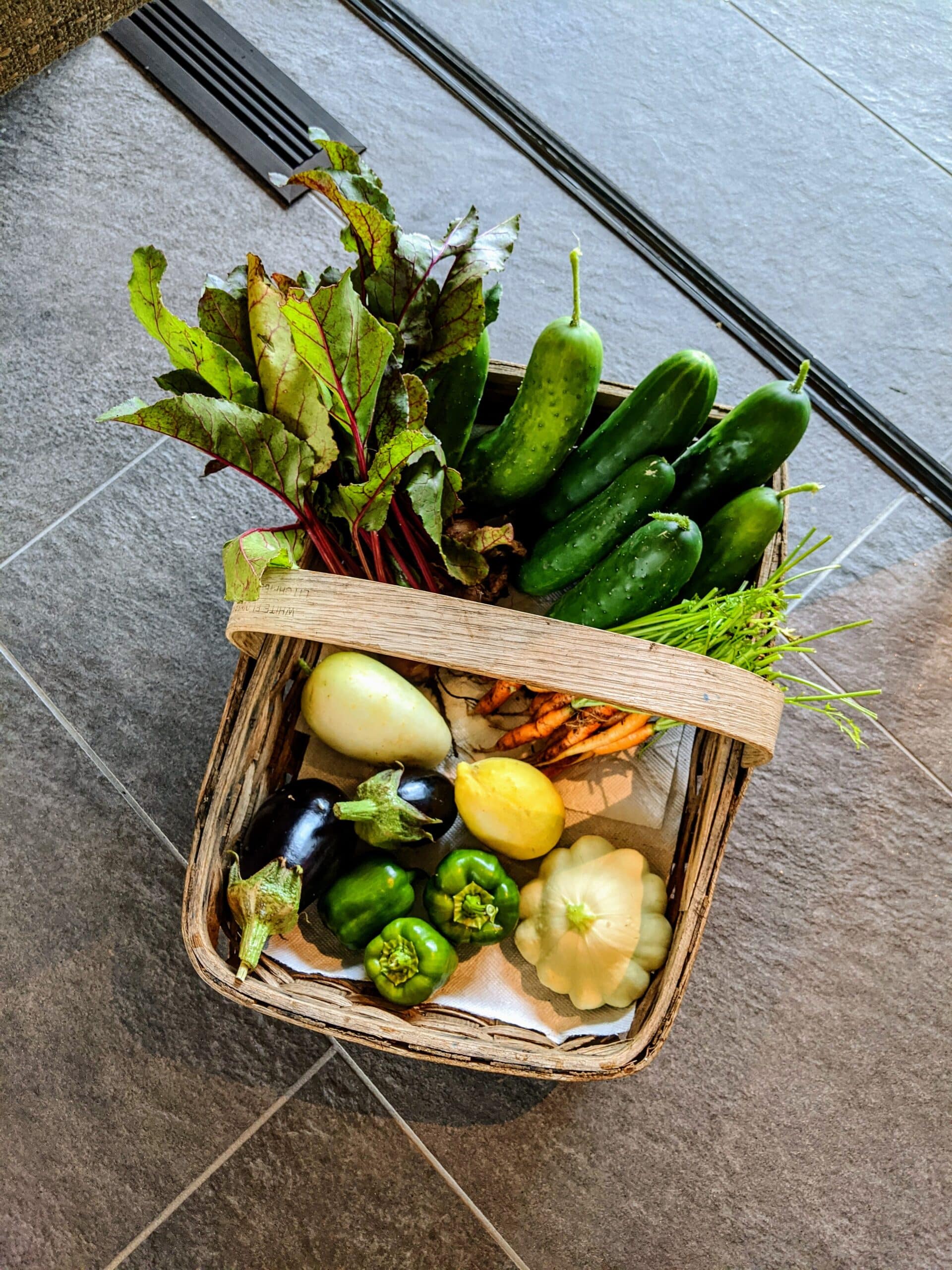
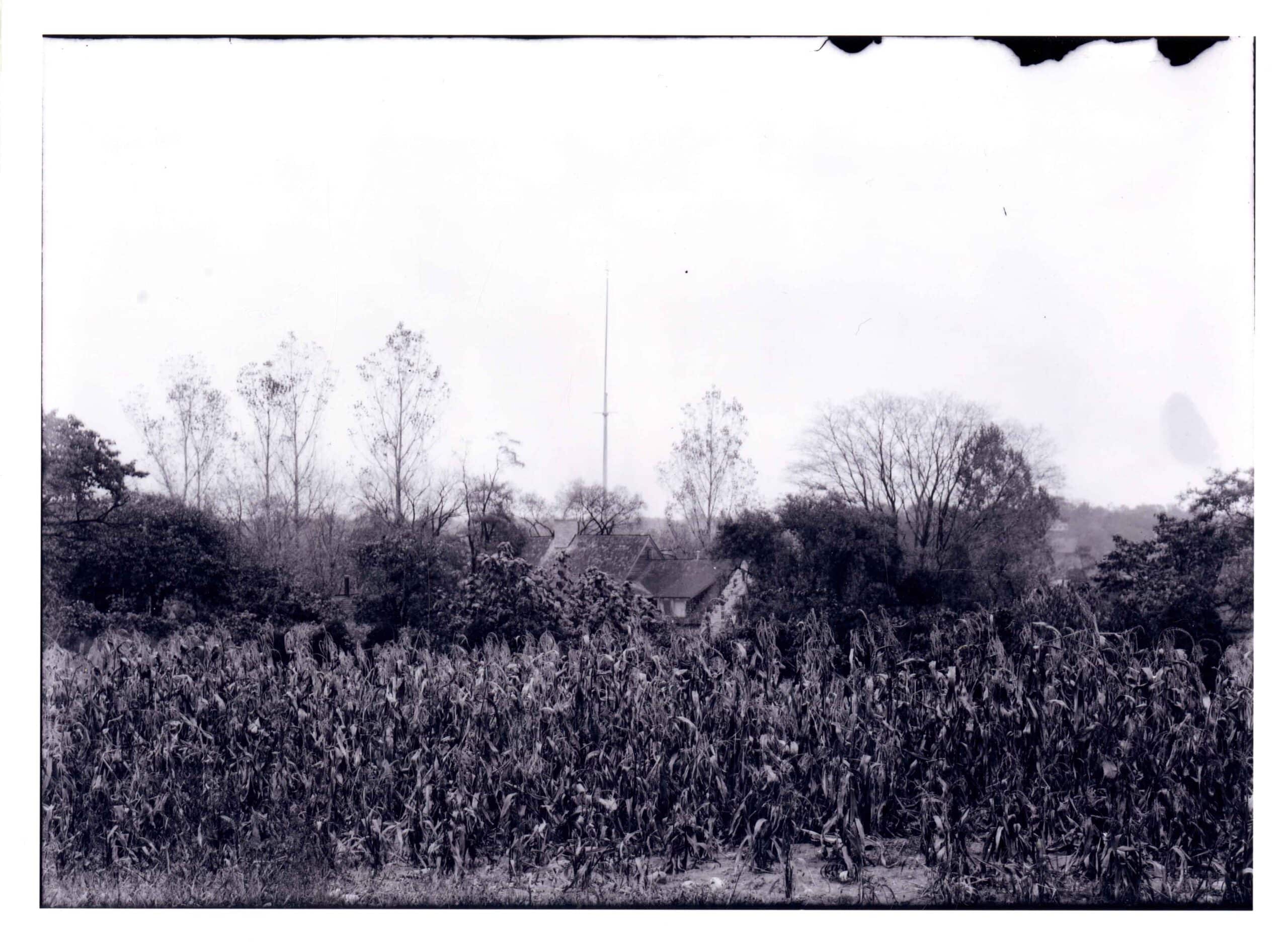

Many of the images in this post have been recently digitized thanks to a grant from the Institute of Museum and Library Services (IMLS). The Greenwich Historical Society’s Archival team is currently working on digitizing over 20,000 images across multiple collections, ensuring their preservation and accessibility for current and future Greenwich residents. This work is made possible by the IMLS grant.
Are you interested in planting your own garden? Learn about pollinator gardens here.
